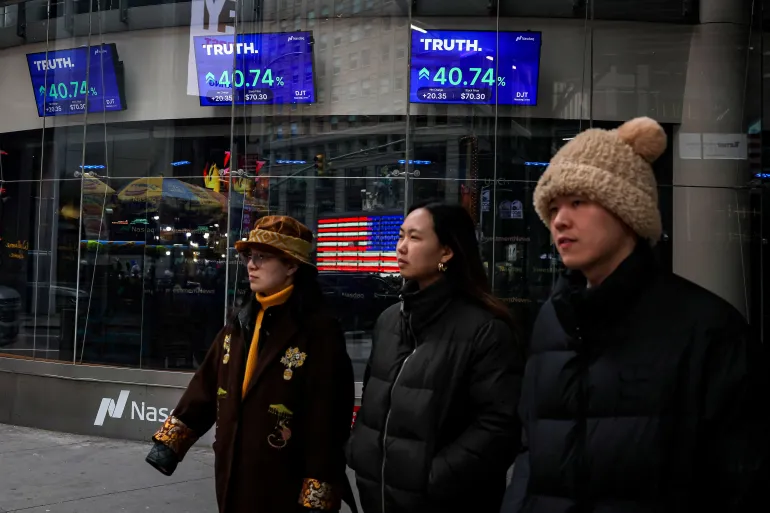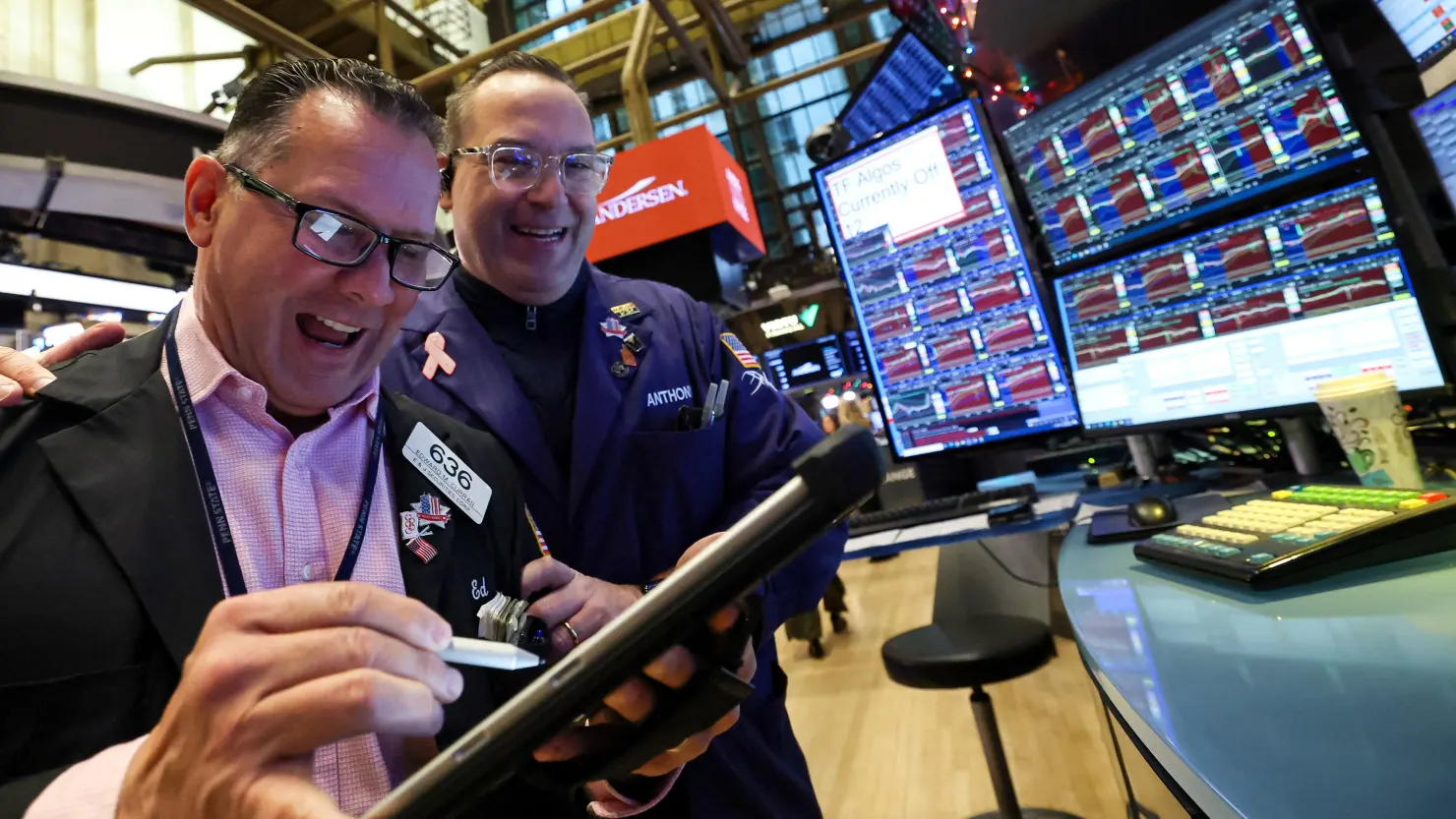It’s been a rough ride for Asian markets this week — and you can thank a fresh wave of US tariffs for that.
Asian shares just logged their worst week since April, with investors nervously eyeing a critical US jobs report that could determine whether the Fed cuts interest rates in September.
The trigger? On Thursday, President Donald Trump dropped a tariff bomb, announcing steep new duties on dozens of trading partners — just ahead of a crucial trade negotiations deadline. The tariffs range from 10% to 41%, hitting imports from countries like India, Taiwan, South Korea, Thailand, and Canada, while giving Mexico a 90-day breather to strike a broader deal.
“This announcement clears up some short-term questions, but overall, it just adds more fog to the global economy,” said Thomas Rupf, Asia CIO at VP Bank. “This is a clear signal: the world’s heading into a high-barrier trade era.”
Markets across Asia took the blow hard:
- South Korea’s KOSPI dropped a staggering 9%
- Hong Kong’s Hang Seng lost 1%
- Japan’s Nikkei slipped 6%
- China’s blue chips dipped 7%
- MSCI’s Asia-Pacific index fell 1%, clocking a 2.2% weekly loss, the worst since April.
And things didn’t look much better on Wall Street. Amazon’s underwhelming earnings dragged US futures down, with Nasdaq and S&P 500 contracts both off by 0.2% early Friday.
As fears grow over the tariffs and their inflationary effects, investors are betting the Fed will hold off on rate cuts. That’s giving the US dollar a serious boost, up 2.4% this week — its strongest weekly gain in nearly three years.
The yen and most Asia-Pacific currencies lost ground to the greenback, with the Taiwanese dollar and South Korean won slipping the most.
Meanwhile, tech stocks in Asia — especially chipmakers and electronics giants — are feeling the burn. SK Hynix and Samsung sank in Korea, while Japan’s Tokyo Electron plunged a painful 17%.
All eyes now turn to US jobs numbers, due later today. If hiring beats the modest forecast of 110,000 new jobs, markets may abandon hopes for a September rate cut, pushing up yields and strengthening the dollar even more.
Right now, odds of a cut are down to 39%, a steep drop from 65% earlier in the week.
In another troubling sign, China’s factory activity shrank in July, with the Caixin PMI falling below the 50 mark — a sign of contraction. Manufacturing output and exports weakened, reflecting ongoing global trade uncertainty.
Oil and gold prices were relatively flat — US crude hovering at $69.36 a barrel, and gold barely budging around $3,294 an ounce — as traders wait for jobs data to reset the narrative.









The latest news in your social feeds
Subscribe to our social media platforms to stay tuned